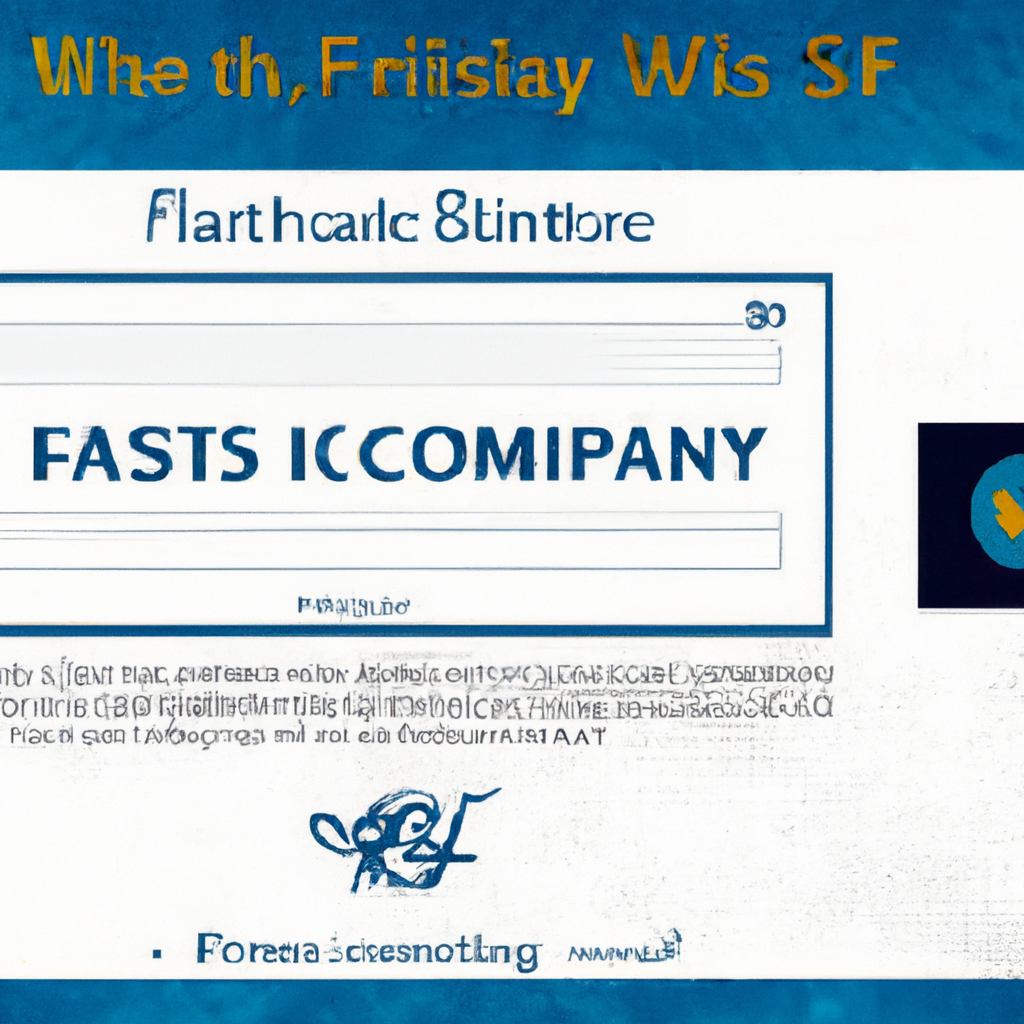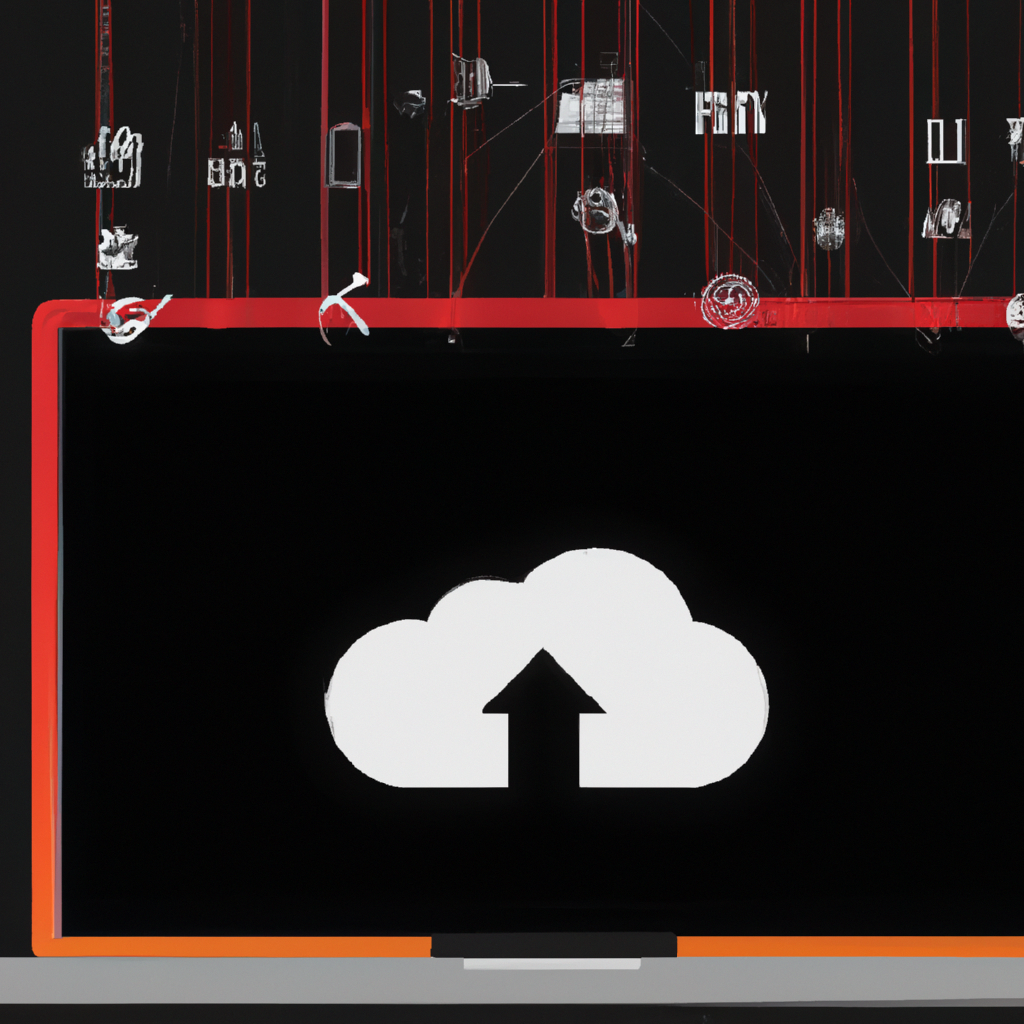So you’re curious about the origins of Software as a Service (SaaS) and want to know which company was the first to venture into this innovative business model. Well, look no further! In this article, we’ll explore the intriguing history of SaaS and uncover the answer to the question on everyone’s mind – what was the first SaaS company? Get ready to dive into the past and discover the trailblazer that paved the way for the thriving SaaS industry we know today.

This image is property of pixabay.com.
Introduction
When it comes to the world of technology and software, it’s easy to get caught up in the latest trends and innovations. But it’s important to remember that everything has a beginning, including the concept of Software as a Service, or SaaS. In this article, we will explore the evolution of SaaS, the pioneers who paved the way for its success, and the current state of the industry.
The Concept of SaaS
Definition of SaaS
Before we delve into the history, it’s crucial to understand what exactly SaaS is. In simple terms, SaaS refers to a software delivery model in which the software is centrally hosted and provided to users over the internet. Instead of purchasing and installing software on individual devices, users can access it through a web browser, saving them from the hassle of installation and maintenance.
Key Characteristics of SaaS
There are several key characteristics that distinguish SaaS from traditional software models. Firstly, SaaS applications are usually provided on a subscription basis, allowing users to pay for the software as they use it. Secondly, since the software is hosted on remote servers, it can be accessed from any device with an internet connection, providing users with unprecedented convenience and flexibility. Lastly, SaaS providers handle all software updates and maintenance, ensuring that users always have access to the most up-to-date version of the software.
Evolution of Software Delivery Models
The concept of SaaS did not emerge out of thin air. It is the result of a gradual evolution in software delivery models. In the early days of computing, software was predominantly delivered through mainframe computers, requiring users to physically connect to the mainframe to access the software. This evolved into client-server architecture, where software was installed on individual desktop computers but still required connection to a central server. Finally, with the advent of the internet, SaaS emerged as a game-changer, allowing software to be delivered over the web, completely revolutionizing the software industry.

This image is property of pixabay.com.
Early Pioneers in SaaS
IBM – Mainframe-Based SaaS
While SaaS as we know it today may not have existed during their time, early players like IBM can be seen as laying the foundation for the concept. IBM’s mainframe computers, which were dominant in the 1960s and 1970s, can be considered an early form of SaaS. Users would access software and applications remotely, making use of the processing power and storage capabilities of these mainframes. This laid the groundwork for the centralized software delivery model that SaaS would later adopt.
Salesforce – Cloud Computing Pioneer
Salesforce is widely recognized as one of the pioneers of cloud computing and SaaS. In 1999, the company introduced Salesforce.com, a customer relationship management (CRM) solution delivered over the internet. Salesforce.com revolutionized the software industry by offering a subscription-based model, eliminating the need for costly upfront investments in software licenses. This not only made CRM more accessible to businesses of all sizes but also set the stage for the widespread adoption of SaaS across various industries.
NetSuite – Cloud-Based ERP Software
Another significant player in the early days of SaaS was NetSuite, which provided cloud-based enterprise resource planning (ERP) software. Founded in 1998, NetSuite combined multiple business functions into a single software suite that could be accessed over the internet. This eliminated the need for businesses to purchase and maintain separate on-premises software for different departments, making it a cost-effective and scalable solution. NetSuite’s success demonstrated the power of SaaS in streamlining business operations and drove further innovation in the industry.
The First Recognized SaaS Company
ADP – Automated Data Processing
While several companies contributed to the development of SaaS, ADP is often hailed as the first recognized SaaS company. Established in 1949, ADP initially provided payroll processing services using mainframe computers. Over time, ADP expanded its offerings and shifted to a SaaS model, enabling businesses to outsource various HR functions, including payroll, benefits administration, and time and attendance tracking.
Founding and Early Years
ADP was founded by Henry Taub as a manual payroll processing service. However, with the emergence of mainframe computers, ADP recognized the potential to automate and streamline payroll functions. This led them to develop proprietary software that could be accessed remotely by their clients. This novel delivery model set the stage for ADP’s journey as a pioneer in the SaaS industry.
ADP’s Evolution as a SaaS Provider
As technology advanced and internet connectivity became more widespread, ADP embraced the SaaS model wholeheartedly. By the 1990s, they had transitioned to a fully web-based platform, enabling clients to access their payroll and HR services from anywhere with an internet connection. ADP’s success as a SaaS provider demonstrated the viability and scalability of the model and served as an inspiration for numerous companies looking to enter the SaaS market.

This image is property of pixabay.com.
Alternative Candidates for the First SaaS Company
While ADP is widely regarded as the first SaaS company, there are alternative candidates that deserve recognition for their significant contributions to the development of the SaaS industry.
Concur – Expense Management Solutions
Founded in 1993, Concur introduced cloud-based expense management software. Their solution allowed businesses to automate and streamline the expense reporting process, reducing paperwork and manual data entry. While Concur focused primarily on expense management, their establishment of a SaaS model and success in the market set the stage for the broader adoption of SaaS in different areas of business software.
WebEx – Web Conferencing Services
WebEx, founded in 1996, pioneered web conferencing services, delivering collaborative meeting solutions over the internet. By providing a virtual platform for online meetings, presentations, and training sessions, WebEx eliminated the need for physical meeting spaces and travel expenses. This early example of SaaS demonstrated the power of cloud-based software in enhancing communication and collaboration, setting the stage for the remote work revolution we see today.
Intuit – Accounting and Financial Software
While Intuit’s QuickBooks and other accounting software may not have been delivered in the same manner as modern SaaS applications, Intuit played a crucial role in shaping the SaaS industry. By offering a subscription-based pricing model and continuously improving their software through updates and online support, Intuit set a precedent for other companies to follow, strengthening the foundation for the SaaS model.
Factors Influencing the Growth of SaaS
Advancements in Internet Technology
The growth of SaaS owes much to the advancements in internet technology. The widespread availability of high-speed internet connections and the increasing reliability of online infrastructure have made it possible for users to access SaaS applications seamlessly. Faster internet speeds have also significantly contributed to the performance and responsiveness of web-based software, providing an experience that is comparable to or even better than traditional desktop applications.
Increased Demand for Cost-Efficient Solutions
One of the driving factors behind the growth of SaaS is the increased demand for cost-efficient software solutions. Traditional software licenses often required significant upfront investments and ongoing maintenance expenses, making them inaccessible for smaller businesses or those with limited budgets. SaaS’s subscription-based pricing model allows businesses to pay for software as they use it, eliminating the need for large upfront investments and providing greater predictability in budgeting.
Scalability and Flexibility of SaaS
SaaS’s scalability and flexibility have also contributed to its widespread adoption. Traditional software models often required businesses to estimate their future needs and invest in expensive infrastructure and licenses to accommodate potential growth. With SaaS, businesses can easily scale their software usage up or down based on their changing needs, avoiding overprovisioning or underutilization of resources. Additionally, the ability to access software from any device with an internet connection provides unparalleled flexibility and allows businesses to adapt to an increasingly mobile workforce.
Benefits of Centralized Application Management
Another factor that has fueled the growth of SaaS is the benefits of centralized application management. With SaaS, software updates, patches, and security enhancements are handled by the service provider, relieving businesses of the burden of maintaining their software infrastructure. This not only saves time and resources but also ensures that businesses are always using the most up-to-date and secure version of the software, reducing the risk of vulnerabilities and downtime.

Current State of the SaaS Industry
Rapid Market Growth
The SaaS industry has experienced rapid growth over the past decade and shows no signs of slowing down. According to reports, the global SaaS market is projected to reach a value of over $307 billion by 2026, with a compound annual growth rate of 18.6%. This growth can be attributed to the increasing adoption of cloud-based solutions across various industries and the growing demand for digital transformation initiatives.
Diversification of SaaS Offerings
As the SaaS market expands, so does the variety of offerings available to businesses and consumers. Initially, SaaS was mainly associated with business applications such as CRM, ERP, and HR software. However, the market has since diversified to include solutions for project management, collaboration, marketing automation, customer support, and much more. This diversification has made SaaS accessible and beneficial to businesses of all sizes and industries.
Competition and Consolidation
With the rapid growth of the SaaS industry, competition among providers has become increasingly fierce. Established players, such as Salesforce and Microsoft, continue to dominate the market, but numerous new entrants are emerging, providing specialized solutions to target niche markets. This competition has led to ongoing innovation, with providers constantly improving their offerings to gain a competitive edge.
At the same time, the industry has also experienced consolidation, with larger companies acquiring smaller players to expand their product portfolios and reach. This consolidation has created more comprehensive suites of software solutions and has allowed companies to offer end-to-end solutions for their customers.
Future Trends in SaaS
Looking ahead, several trends are expected to shape the future of the SaaS industry. One of the most notable trends is the increased integration of artificial intelligence (AI) and machine learning (ML) into SaaS applications. AI-powered features, such as predictive analytics, chatbots, and voice assistants, are expected to enhance user experience and drive greater efficiency in various industries.
Furthermore, the rise of edge computing and the Internet of Things (IoT) will likely impact the SaaS landscape. With more devices connected to the internet, there will be a higher demand for edge-based SaaS applications that can process and analyze data closer to the source, reducing latency and improving performance.
Lastly, the focus on data privacy and security will continue to drive the development of secure and compliant SaaS solutions. With regulations such as the General Data Protection Regulation (GDPR), businesses will seek out SaaS providers that prioritize data privacy and provide robust security measures.
Conclusion
The concept of Software as a Service, or SaaS, has come a long way since its inception. From the early days of mainframes to the modern cloud-based software solutions, SaaS has transformed the way businesses and individuals access and utilize software. With early pioneers like IBM, Salesforce, and NetSuite paving the way, SaaS has become a multi-billion dollar industry with rapid growth and diversification.
As technology continues to evolve, the future of SaaS looks promising. Advancements in internet technology, increasing demand for cost-effective solutions, scalability, and flexibility, and the benefits of centralized application management all contribute to the ongoing success and adoption of SaaS. With continued innovation and the integration of emerging technologies, the SaaS industry is poised to shape the future of software delivery and empowerment globally.

